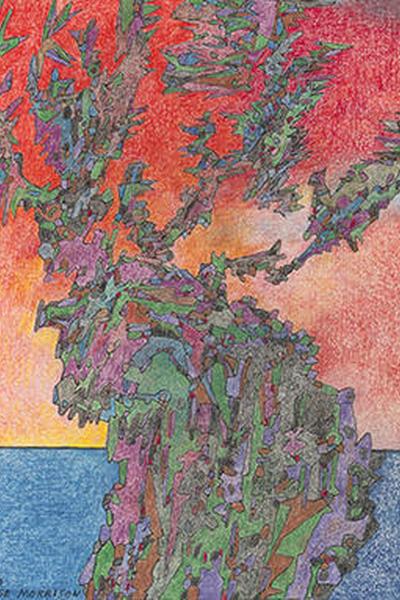The University of Minnesota Duluth’s Land Acknowledgment
We collectively acknowledge that the University of Minnesota Duluth is located on the traditional, ancestral, and contemporary lands of Indigenous people. The University resides on land that was cared for and called home by the Ojibwe people, before them the Dakota and Northern Cheyenne people, and other Native peoples from time immemorial. Ceded by the Ojibwe in an 1854 treaty, this land holds great historical, spiritual, and personal significance for its original stewards, the Native nations and peoples of this region. We recognize and continually support and advocate for the sovereignty of the Native nations in this territory and beyond. By offering this land acknowledgment, we affirm tribal sovereignty and will work to hold the University of Minnesota Duluth accountable to American Indian peoples and nations.
Context
A Land Acknowledgment is a formal recognition of the unique and enduring relationship that exists between American Indians and their territories. This acknowledgment is an opportunity for the entire University community to increase their awareness of the history of the land on which UMD resides.

"Witch Tree Variation," 1988
Colored pencil on paper
Collection Tweed Museum of Art, UMD
Alice Tweed Tuohy Purchase Fund. D91.d8
We recognize the land as an expression of gratitude and appreciation. It is important for each of us to understand the long-standing history that has brought us to reside on the land and to seek to understand our place within that history. This acknowledgment centers on the 1854 Treaty, in which the land that the University resides on was ceded to the US by the Anishinaabeg/Ojibwe/Chippewa but we also recognize that this land had a long and dynamic history prior to the treaty.
In addition, when the Anishinaabeg ceded the land, they also kept some land for reservations as well as a number of specific rights to the ceded territory and maintain an ongoing relationship with those lands. Today the 1854 Treaty Authority manages the off-reservation hunting, fishing, and gathering rights of the Bois Forte Band and the Grand Portage Band of Lake Superior Chippewa in the lands ceded in the 1854 Treaty.
The U.S. and American Indian nations continue to have a unique government-to-government political relationship. For example, Minnesota Executive Order 19-24 recognizes and supports “the unique status of the Minnesota Tribal Nations and their right to existence, self-govern, and possess self-determination.”
There are many Indigenous peoples who reside on the lands of the 1854 Treaty today. Land acknowledgments do not exist in a past tense or historical context: colonialism is a current ongoing process, and we need to build the mindfulness of our present participation. It is also worth noting that acknowledging the land is rooted in Indigenous protocol practices.
The University of Minnesota Duluth’s Land Acknowledgment was crafted via collaborative process with our Department of American Indian Studies, the Campus Climate Leadership Team, Campus Climate Change Team, participants at the 2019 Summit on Equity, Race, & Ethnicity, and endorsed by the Minnesota Indian Affairs Council on June 4, 2019. The acknowledgment has been approved by Chancellor Black. Within the acknowledgment, “we” is defined as our institution of higher learning and those who participate in and contribute to the UMD campus climate including students, alumni, staff, faculty, and administration.